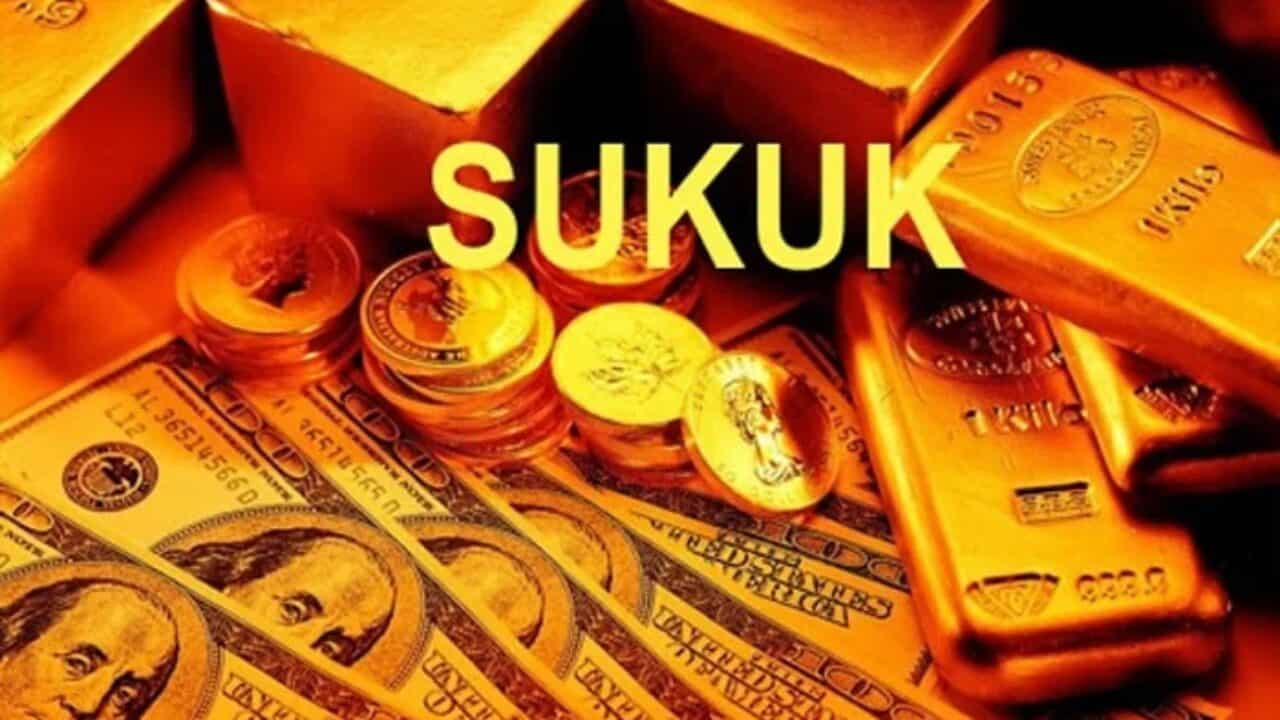Dubai, UAE: US dollar sukuk issuance for 2023 is on course to outpace 2022 due to funding needs and diversification strategies, Fitch Ratings said in a new report.
However, the third quarter sukuk issuance in all currencies ($51.7 billion equivalent) issued in core markets was 12.3 percent lower YoY, while bond issuance fell by 17 percent YoY.
While we expect the last quarter to have a busier issuance window than third quarter, there is a risk of a fall in investor sentiment and appetite towards sukuk and bonds in emerging markets and the Middle East, amid elevated geopolitical volatilities, Fitch said in a statement.
“As expected, the global sukuk market was cooler during the third quarter summer break. We expect issuance to inch up in the fourth quarter of 2023,’’ said Bashar Al-Natoor, Global Head of Islamic Finance at Fitch.
“In addition to various sovereigns pursing funding diversification and developing their debt-capital markets, GCC banks and corporates are also likely to tap into the segment as the sukuk supply and demand imbalances continue. However, heightened geopolitical volatilities, which could impact sentiment and appetite, should be monitored,” he said.
Fitch expects near-term sukuk issuance to be supported by budget deficits in countries like Malaysia, Indonesia, Turkiye, Bahrain, Kuwait and Pakistan.
We expect sukuk issuance to be supported by funding diversification goals and initiatives that aim to develop the Islamic-finance ecosystem and the local debt capital markets, even in countries where we expect short-term budget surplus, such as UAE, Qatar and Oman.
Sukuk demand is generally intact. However, differences in sharia opinions could limit sukuk liquidity and its acceptability for certain Islamic investors.
Global outstanding sukuk expanded by 9.8 percent YoY to $823.4 billion at the end of third quarter, with the largest shares in Malaysia (40 percent), Saudi Arabia (28 percent), Indonesia (13 percent), UAE (6 percent) and Turkiye (3 percent).
Outstanding Fitch-rated sukuk crossed $150 billion, of which 78.5 percent is investment-grade.







